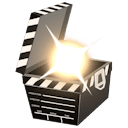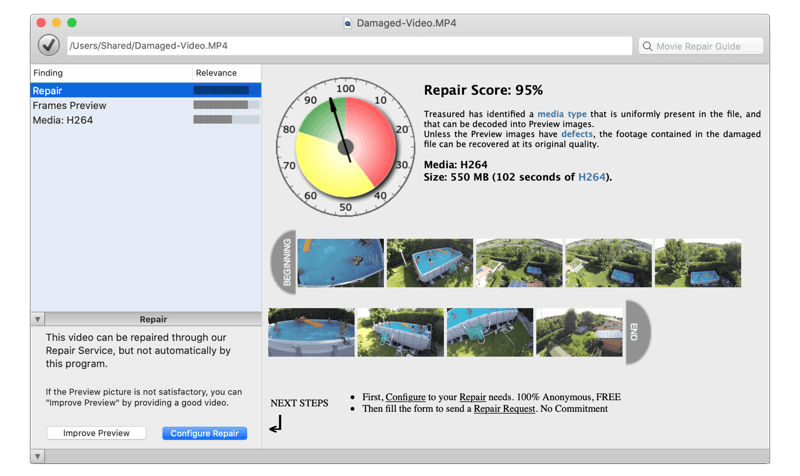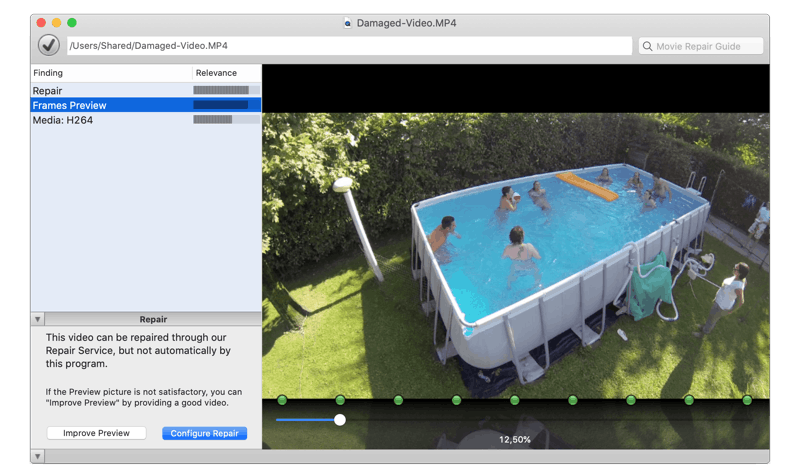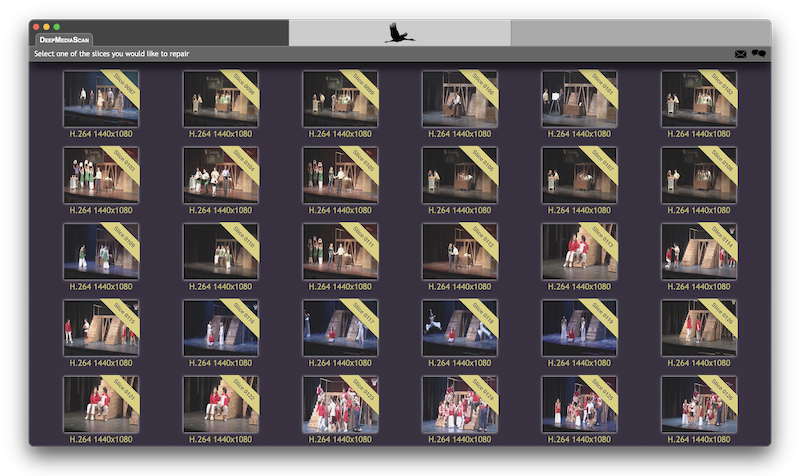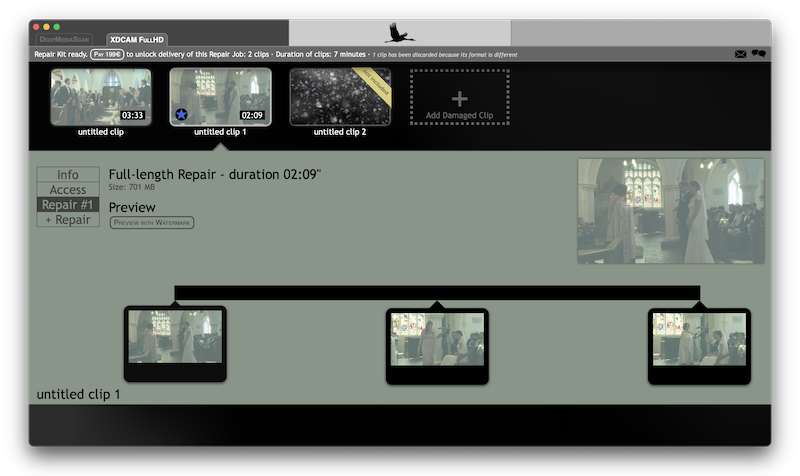Unsupported Browser
This page probably won't work great in Internet Explorer. We generally only support the recent versions of major browsers like Chrome, Firefox, Safari and Edge.
How do I read a damaged disk in Windows?
Note that there are more methods to read a damaged disk.
Mac users, see the dd article.
For Windows users, there is a good technique to create a disk image from the damaged disk or card, which is the first step towards recovery of footage.
Note that technique can also be useful to Mac users if the disk is not visible in the Finder, but is visible on a Windows PC.
reads
the card sector by sector
creates
a disk image file
In a nutshell, we use a small utility called Disk Image Utility that is able to read the raw data of a disk. (From now on, we will just use the generic word “disk”, and it can refer to a hard disk, a memory card or a SSD drive)
Under the premise that the disk is readable — Windows detects it when you plug the disk or insert the card in the reader — Disk Image Utility should be able to create a file with about the size of the disk.
Here is the process, step by step:
How to create the Disk Image
Related Topics
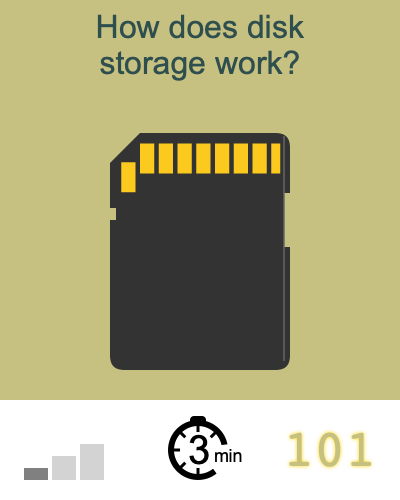

1. Download Disk Image Utility:
Windows Installer will help you in the installation of this little application.
After a few Next clicks you will get the job done.
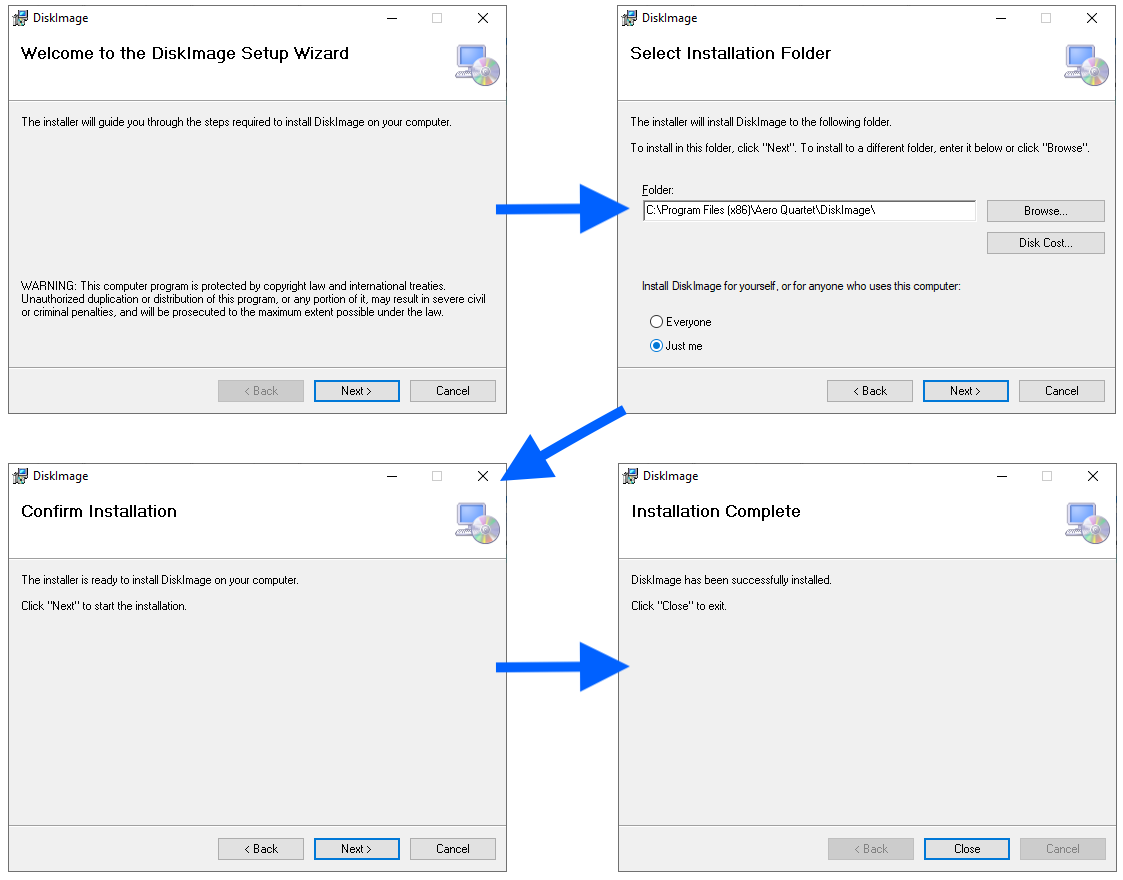
Probably during the installation a system window asking you permissions will come up.
Please do as in almost any Windows app installation, just accept.
2. Connect the damaged disk to the computer.
Your PC must detect it, otherwise Disk Image Utility won't work.
3. Launch Disk Image Utility
You will find a shortcut on your Desktop to launch the Disk Image Utility. Double click it.
If not installed before, an alert about the installation of the .NET Desktop Runtime will appear. Please click accept again to automatically download and install such component.
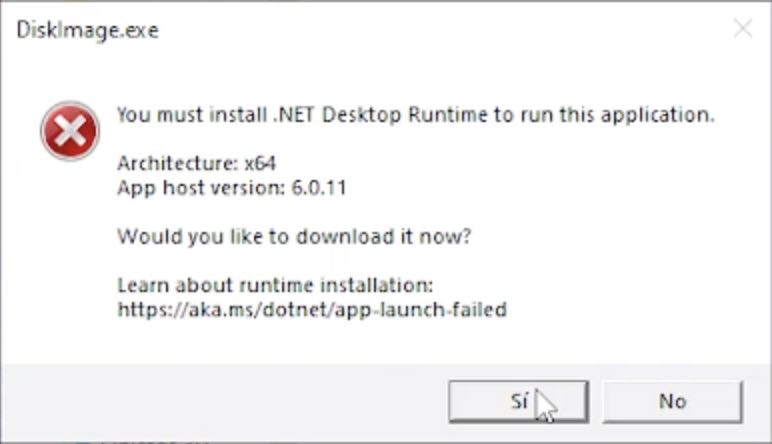
After accepting a new Windows system alert asking again for permissions like the one below, finally the Disk Image Utility main window will appear.
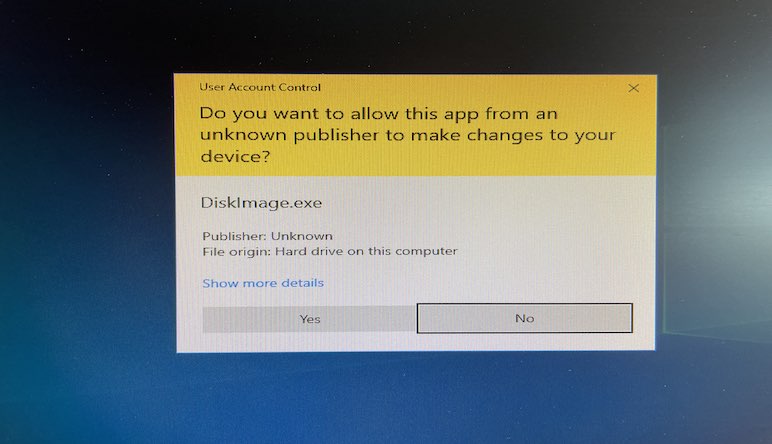
You will get a window listing the devices connected to your computer.
Here is what we get for example:
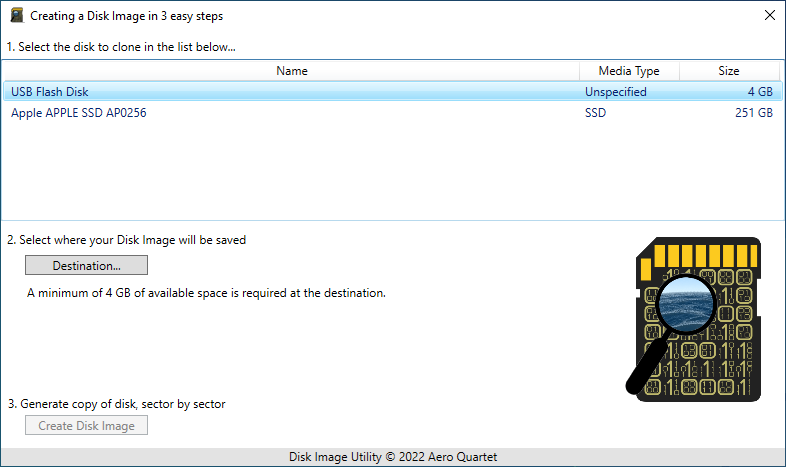
Don't be afraid, it's just a list of the devices connected to your computer.
Here the interesting device is the volume described as USB Flash Disk.
This is the drive that we want to recover. It will be used as SOURCE in the application.
Once selected click Destination button.
4. Select the destination of the card image.
The rule of the thumb is that a 4GB card will produce a 4GB file, a 120GB hard disk will need 120GB, and so on. So make sure you have enough space available on your hard disk.
New window will open to let you select location and name of the image that will be created.
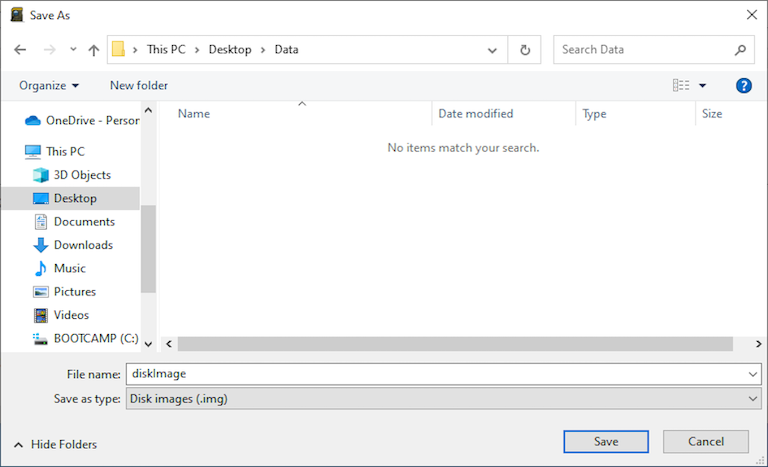
We used diskImage filename in our example. Format Disk Images (.img) will be used.
This makes an exact 1:1 copy of the SOURCE, perfect to find any hidden data.

5. Time to write the card image.
After selecting the Destination in previous step, now it's time to create the card image.
Click Create Disk Image button and process will start.
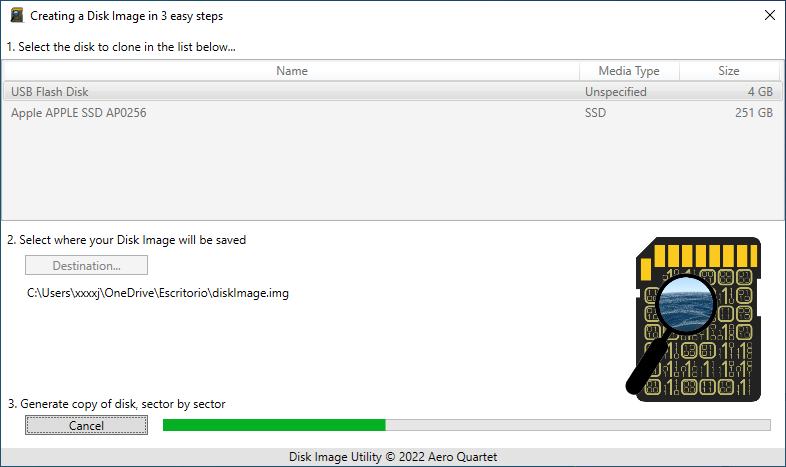
Note it will take a while to conclude.
Process time will depend on the capacity of the volume that is being copied.

Try Treasured on your disk image file!
Our service offers:
- FREE diagnostics and preview with Treasured
- FREE sample of repaired video
- Try before you buy with a FREE trial of your Repair Kit
- Enjoy FREE customer support by speaking directly with our trained experts
- Invaluable expertise, dedication and second to none customer service
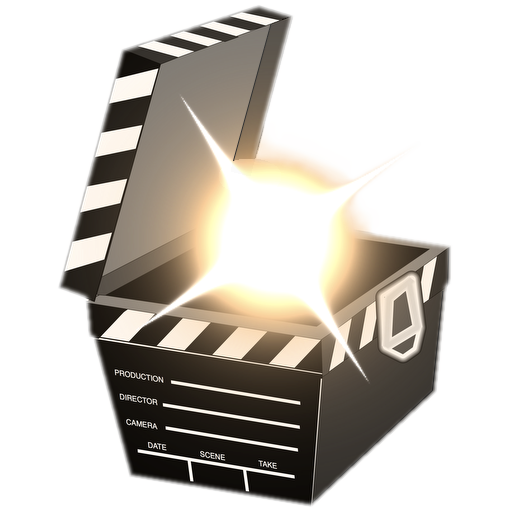
Treasured
Video Repair — online
Mac, Windows, Linux
What do I do now with the .img file?

Now, if everything went fine, you should have a .img disk image whose size is similar to the disk capacity.
If the disk still contains video, the footage must now be inside your disk image file also, and we can do a diagnostic of the file and hopefully, repair it.
The .img file is now ready to use for a DeepMediaScan with Treasured.
